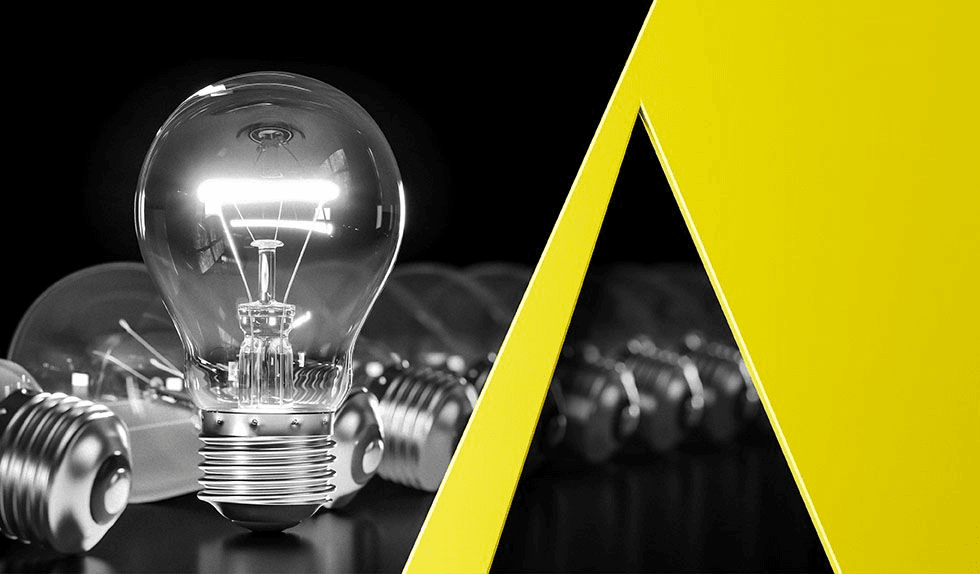First, ALJ Lord found both patents directed to the abstract ideas of collecting and monitoring sleep and other health-related data. The ’413 patent claims a “system for monitoring and reporting a human status parameter of an individual” comprising a housing that includes two sensors for generating physiological data, a processor for calculating sleep onset and wake information, and a transceiver to output said information. Similarly, the ’707 patent claims a “system for detecting, monitoring, and reporting a status of an individual to a user” that comprises two sensors for generating physiological data, a processor, a monitoring unit and an output device, wherein the processor or monitoring unit processes the data collected by the sensors and outputs information regarding the processed data.
With respect to the ’413 patent, ALJ Lord found that monitoring sleep patterns is an abstract idea that has been practiced for centuries and can be carried out in the human brain. Jawbone did not invent any of the means for monitoring sleep recited in the patent; rather it used well- known, existing sensors to collect sleep data in a conventional manner. The physical components of the system, such as the sensors, do not rescue the claims from ineligibility because they are not new and only limit the invention to a particular field of use or technological environment.
Moving to step two of the Mayo test, ALJ Lord found that neither patent claimed an innovative concept sufficient to transform the claimed abstract idea into patent-eligible subject matter, as they both used only generic computer hardware used in conventional fashion to collect and organize human activity that was previously performed by human beings. A computer’s improvement in monitoring speed and accuracy does not provide a sufficient inventive concept because this is merely what computers do. All of the claimed hardware is generic, and Jawbone did not invent any of the processors, sensors or transceivers that are in the system, or use any of the components in new or unexpected ways.
ALJ Lord found the claims of the ’707 patent ineligible for reasons similar to those for the ’413 patent. The ’707 patent claims the abstract idea of collecting information about an individual’s health status and presenting that information to an individual. Doctors and nurses routinely perform this type of data collection and data output using pen and paper, and nothing in the claims transforms the quality of the collected data. Also, the ’707 patent does not describe any technological advance and relies purely on conventional electronic devices.
In the Matter of Certain Activity Tracking Devices, Systems, and Components Thereof, Inv. No. 337-TA-963, Order No. 54 (April 27, 2016 ITC).


